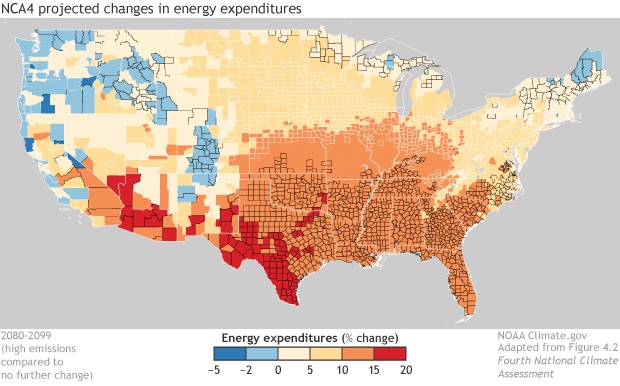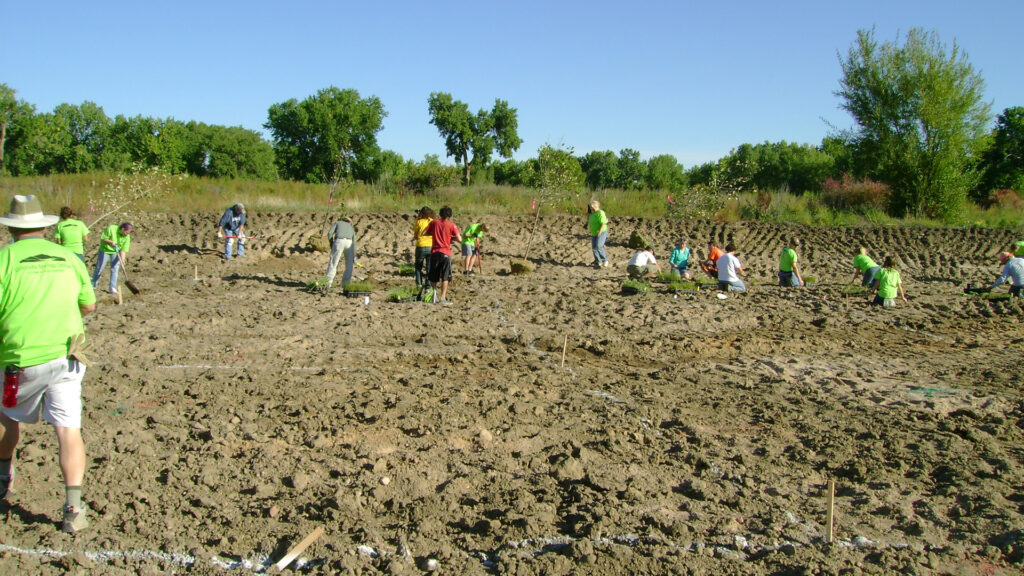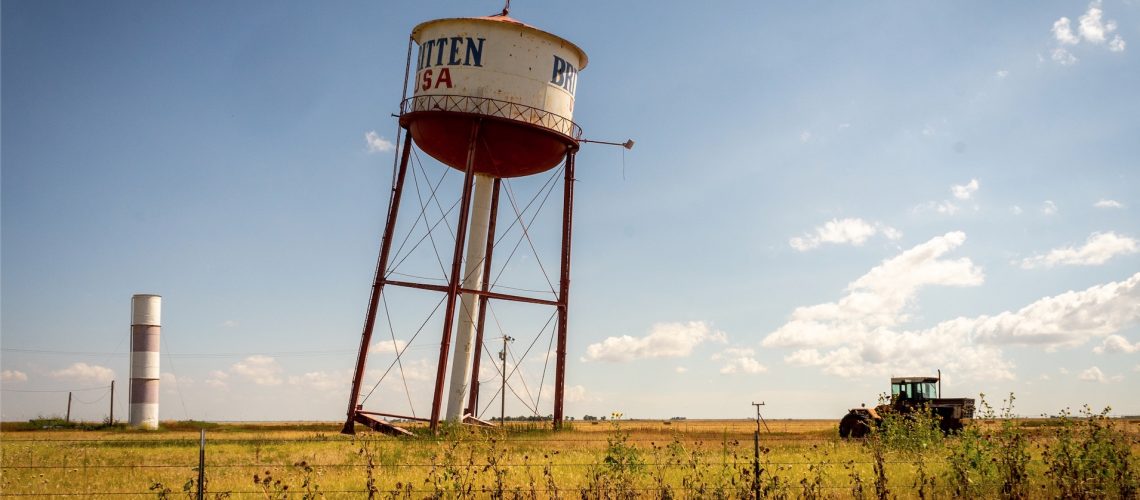Guest Post by Shae Rupinsky 2021-2022 Sustainability Leadership Fellow, and Ph.D. Student in the Department of Political Science at Colorado State University
How climate change offers opportunities to revitalize and reconnect with rural communities
Rural voices are increasingly lamented as forgotten and unacknowledged. This is driven by a sentiment shared among rural residents that political decisions are often made by those outside of their communities who have differing values and access to more resources including money, time and power (Cramer 2016). This feeling is not untrue. The stage of politics often unfolds in urban centers, far from rural communities, often accessible only through televised newscasts, radio, or the internet. However, in the context of a changing climate and thus a changing world, it is imperative that rural communities are brought to the political table. This is because rural areas have the most to lose – and therefore to gain – when it comes to addressing the impacts of climate change in America.
Rural vulnerability to climate change in America
Rural communities are more vulnerable to the impacts of climate change for several reasons. First, rural residents have a lower income rate than their urban counterparts, leaving fewer resources to pay for damages that might occur in the face of climatic events (Kumar 2021). Second, dominant occupations in rural economies are more at-risk to the effects of climate change. For example, rural areas have a higher rate of agriculture and recreation-based jobs leaving their economies susceptible to the impacts of weather events that affect these sectors including drought which can increase energy costs for farmers on the plains or reduce tourism from skiing in the mountains. Third, these lower incomes and high-risk jobs leave rural areas dependent on government subsidies. As climate change continues to increase the cost of living in rural regions, these areas will continue to be vulnerable if government support cannot account for imbalances in increasing costs. Last, certain demographic factors of rural regions put them at increased risk following natural disasters. In particular, an aging population combined with widely dispersed communities makes it difficult for emergency responders to reach all those who need assistance (Lal, Alvalapati and Mercer 2011).

The benefits of rural driven climate adaptation
Confronting the impacts of climate change in rural areas has the protentional to address many of the factors that put these communities at-risk, especially in terms of economic vulnerability (Saha, Leslie-Bole and Cyrs 2021). For example, climate mitigation efforts that focus on land management and restoration would provide jobs and funding opportunities to landowners in rural areas. In addition, the procurement of renewable energy infrastructure as well as the remediation of out-of-use oil and gas wells provides additional sources of work. An analysis done by the World Resources Institute finds that investing in these areas of climate mitigation policy could result in 260,000 new jobs in rural regions for at least five years and bring an added $21.7 billion to these communities annually over the same timeframe (Saha, Leslie-Bole and Cyrs 2021).

These mitigation efforts have the potential to provide dual benefits to rural communities by enhancing both the social and ecological health of these regions. While the economic advancements described above contribute to social welfare of the communities, these projects may also enhance the natural environment, thereby increasing the physical health of rural residents. Forest restoration can provide shade in hotter regions and a natural reprieve from the sun for vulnerable populations. Remediation of abandoned well sites has the potential to enhance water quality in the region and renewable energy can decrease the harsh effects of air pollution. Overall, investment in climate mitigation efforts can increase the quality of life in rural regions well into the future.
Challenges ahead
While rural communities have the opportunity to serve as a cornerstone of climate adaptation efforts in the United States, some challenges to success persist. Primarily, implementing climate policies that focus on rural communities requires the consent of the people. Unfortunately, we know from survey research that environmental issues remain one of the most polarizing topics in the United States (Dunlap, McCright, and Yarosh 2016). This means that individuals disagree about what to do about the weather more than any other topic of concern and these divisions tend to fall along party lines with Democrats generally supporting and Republicans opposing climate action. What makes this a challenge for rural communities is that these same divisions are evident geographically with rural regions trending red or Republican and thus opposed to many of the climate measures that might help residents.
However, the good thing about rules and trends is that there are often exceptions. A study conducted at Duke University found that a small majority of rural residents do in fact support some climate action, overwhelmingly in the area of water quality protection (Bonnie, Diamond and Rowe 2020). This research indicates that there is possibility for agreement and collaboration across geographic and political divides in the face of climate change. As a result, climate change presents a unique opportunity to come together in the face of a common challenge and unite and include communities in ways they might not have been now or in the past. This, perhaps, can be a step towards elevating voices and strengthening our democracy overall.
Sources
Bonnie, R. Diamond, E. P., & Rowe, E. (2020). Understanding rural attitudes toward the environment and conservation in America. Nicholas Institute for Environmental Policy Solutions: Duke University.
Climate.gov. (2019). National Oceanic and Atmospheric Administration. https://www.climate.gov/media/10214
Cramer. (2016). The politics of resentment : rural consciousness in Wisconsin and the rise of Scott Walker. The University of Chicago Press.
Dunlap, McCright, A. M., & Yarosh, J. H. (2016). The Political Divide on Climate Change: Partisan Polarization Widens in the U.S. Environment : Science and Policy for Sustainable Development, 58(5), 4–23.
Kumar, C. (2021, March 1). Rural Americans are the future of the clean energy economy – policy makers much catch up. The Hill. https://thehill.com/blogs/congress-blog/energy-environment/541121-rural-americans-are-the-future-of-the-clean-energy?rl=1
Lal, Alavalapati, J. R. R., & Mercer, E. D. (2011). Socio-economic impacts of climate change on rural United States. Mitigation and Adaptation Strategies for Global Change, 16(7), 819–844.
Saha, D., Leslie-Bole, H., & Cyrs, T. (2021, July 21). How climate action can reboot economies in rural America. World Resources Institute. https://www.wri.org/insights/climate-action-federal-investment-rural-america-us
THK Associates, Inc. (n.d.) Fountain Creek restoration master plan and demonstration project. https://www.thkassoc.com/fountain-creek-restoration-master-plan






